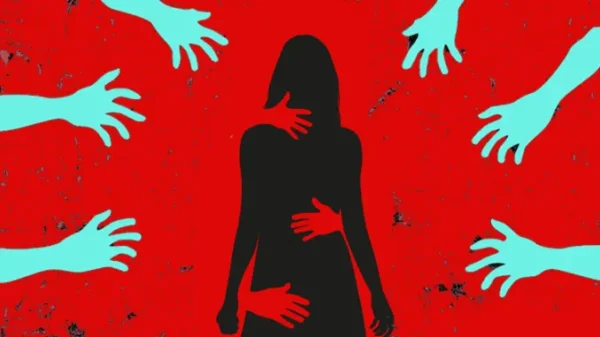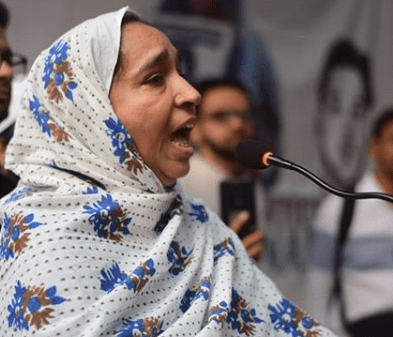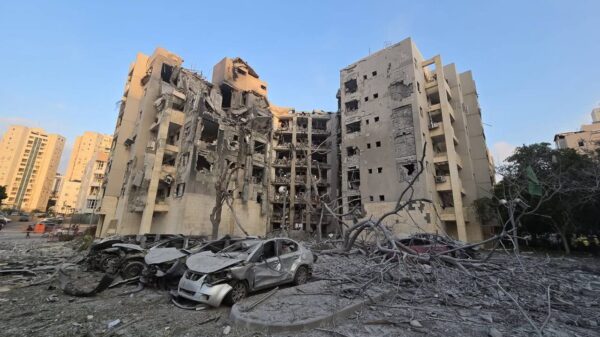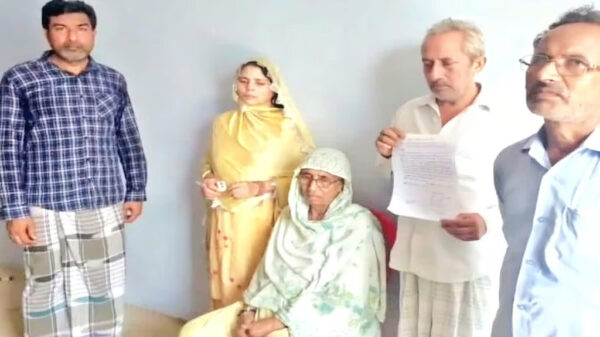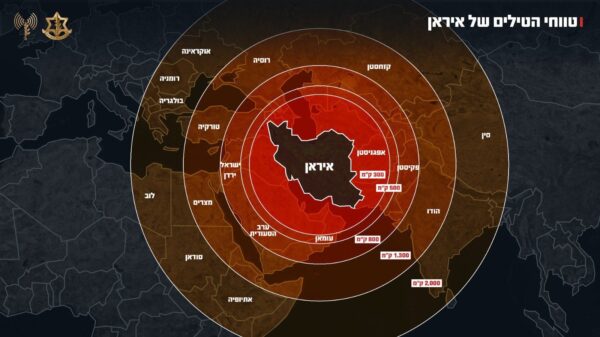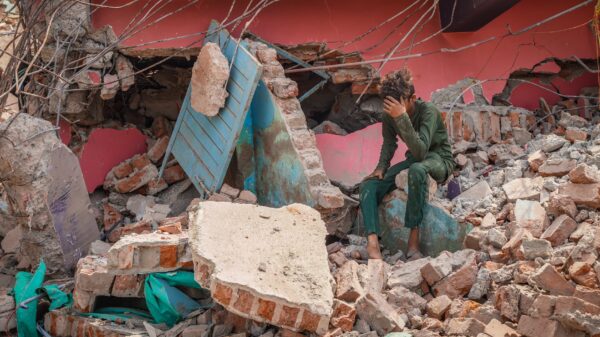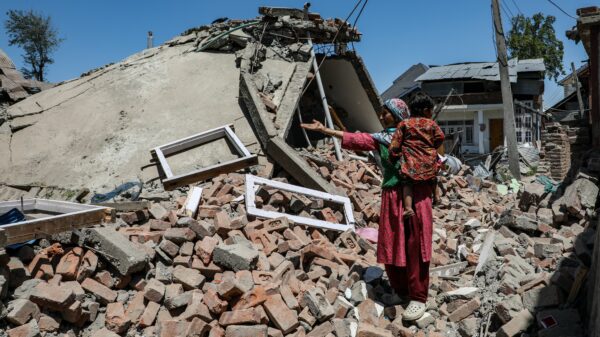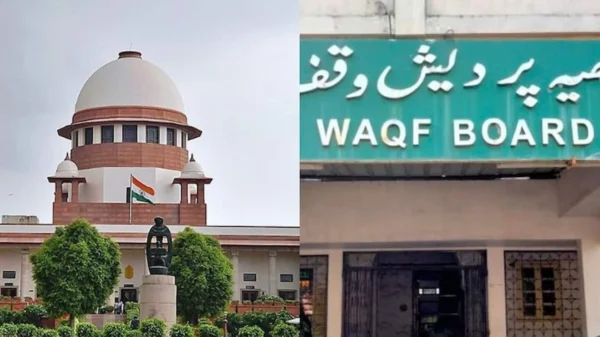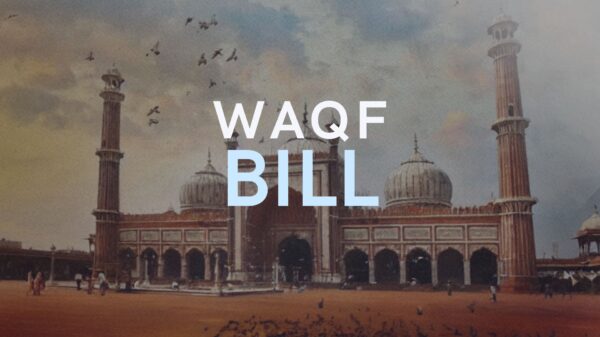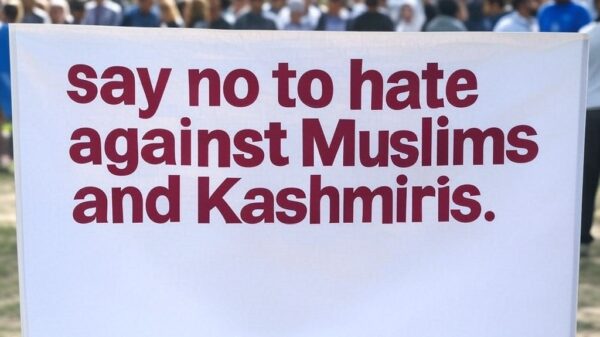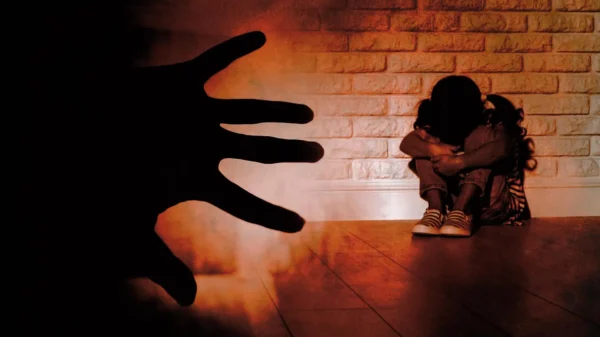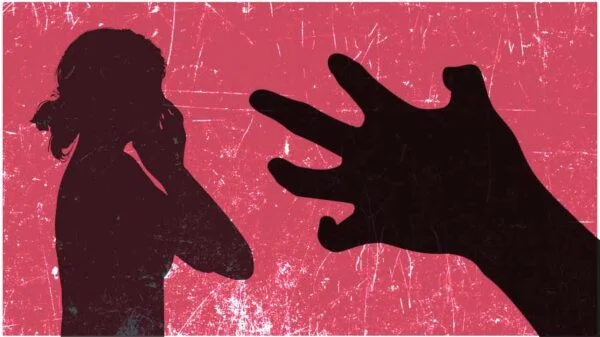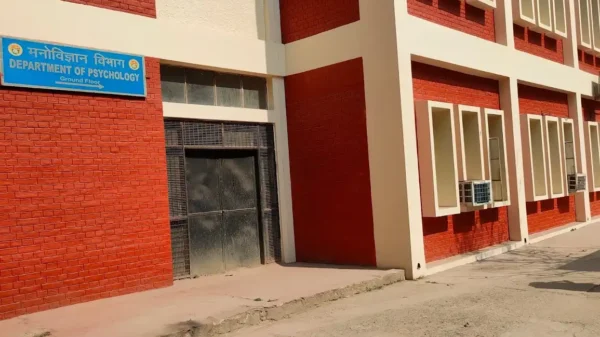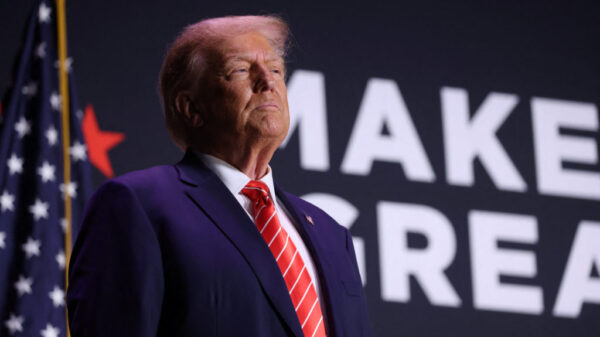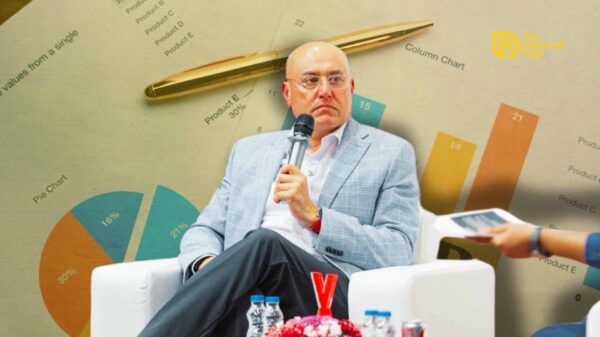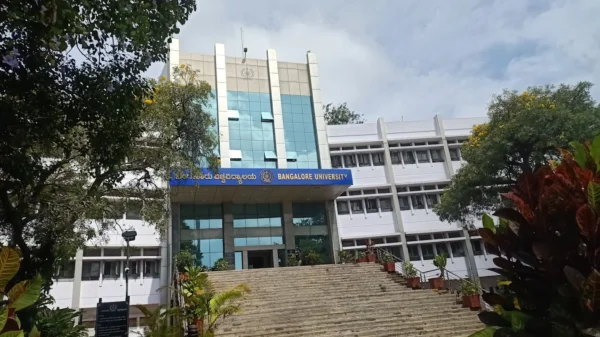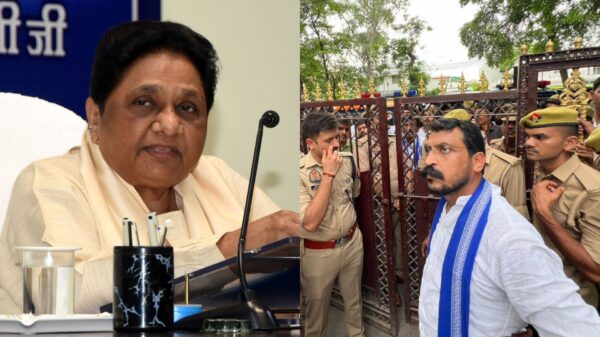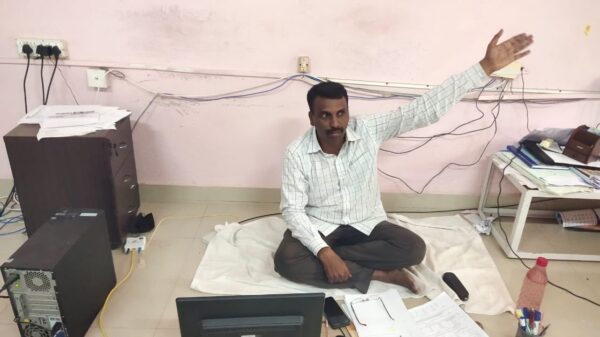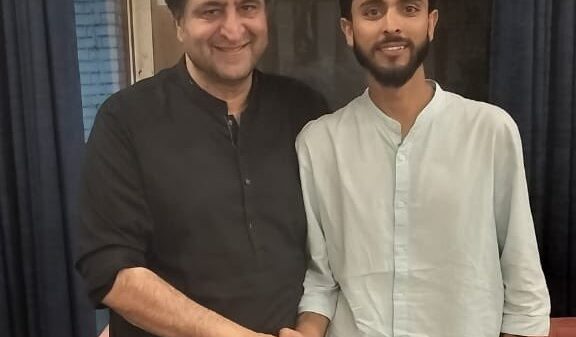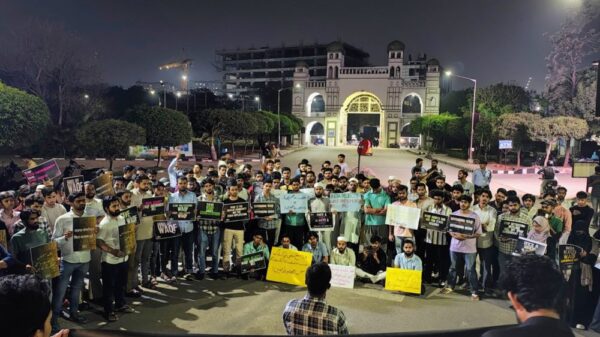The rate of growth in Muslim enrolment has declined tremendously from 5.45% to 4.64% in a year. According to the data presented by the Unified District Information System for Education Plus (UDISE+) and the All India Survey of Higher Education (AISHE), the enrolment of Muslim students in Higher Education (between the age group of 18 and 23) saw a drop, down to a whopping 8.53% in 2020-21.
The report titled “The state of Muslim education in India” prepared by Arun C. Mehta, former Professor of the National Institute of Educational Planning and Administration said, “In 2020-21, the Muslim enrolment in higher education declined to 19,21,713 students from 21,00,860 students in 2019-20, thus showing a decline of 1,79,147 students in absolute terms.”
This comes in reversal to the consistent increase since 2016-17 from 17,39,218 to 21,00,860 in 2019-20.
The enrollment of Muslim students in higher education has deviated from its upward trajectory and is currently on par with the declining trends observed among People with Disabilities and other minority groups.
On the other hand, there has been an increase in the enrollment of all other social groups, including the Other Backward Castes (OBCs), Scheduled Tribes (STs), and Scheduled Castes (SCs).
The report states, “While Muslims make up around 14.42% of the total enrolment of 6.67 crore [students] at the upper primary level [Class 6-8], it slightly decreases to 12.62% at the secondary level [Class 9-10] and declines to 10.76% at the higher secondary level [Class 11-12],” indicating that enrollment of Muslims significantly decreases starting from primary to upper primary to secondary level.
Muslim enrolment in higher education has declined in 22 out of 36 states and Union Territories. In absolute numbers, the decline seen is highest in UP (58,365), Jammu & Kashmir (47,334) and lowest in Arunachal Pradesh (57) and Meghalaya (16).
On the contrary, Muslim enrolment in higher education has increased in Uttarakhand (8,281), Telangana (7,036), Kerala (4,902), West Bengal (2,837), Punjab (2,701), Goa (164), Ladakh (66), Nagaland (45), Dadra & Nagar haveli and Daman & Diu (36), Chandigarh (16), Mizoram (8), and Sikkim (1).
Percentage relative to gross enrolment ratio in India:
The percentage of Muslim students enrolled in higher education decreased from 5.45% to 4.64% while the total number of students enrolled increased from 3.85 crore to 4.14 crore.
The dropout rate among Muslim students enrolled in the secondary level is 18.64%. It is comparatively higher than the dropout rate for all students which stands at 12.6%, as per the insights drawn from the report.
The report also noted a minor decline in the proportion of Muslim students enrolling in higher education to that of all students enrolled, from 4.87 in 2016–17 to 4.64 in 2020–21.
Bihar and Madhya Pradesh are reported to have relatively low Gross Enrolment Ratio for Muslim students.
What led to the decline?
The Muslim community is not the only group that is listed under economically or/and socially backward communities. Neither is it the only group to be severely affected by the pandemic. There are numerous debates and discussions, exploring various aspects ranging from socio-economic status to discrimination, negligence of the State or lack of community efforts to understand the backwardness of Muslims in the educational sphere.
However, the report addresses a few possible factors attributable to a combination of socio-economic factors, educational and regional disparities, and high dropout rates in early education sectors that might have led to the decline.
According to the report, Assam (29.52%) and West Bengal (23.22%) recorded high dropout rates among Muslim students, while Jammu and Kashmir recorded 5.1% and Kerala 11.91%.
Recommendations of the report:
Keeping in mind the economic challenges faced by certain Muslims in India, on account of poverty or lack of financial resources, the report recommended “To address this issue, it is essential to provide financial assistance and support to deserving students who face financial constraints. Enhancing and increasing the number of scholarships, grants, and financial aid opportunities targeted explicitly at Muslim students can significantly alleviate the financial burden and help more deserving students access higher education.”
Moreover, the dropout issue can be tackled by giving priority to identifying and enrolling out-of-school children in age-appropriate classes, the report said.
Read the full report here.






